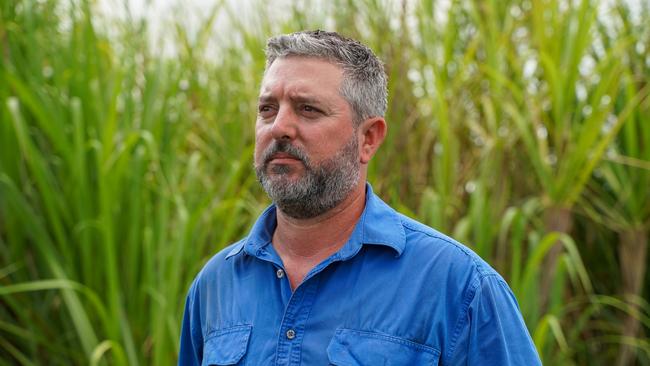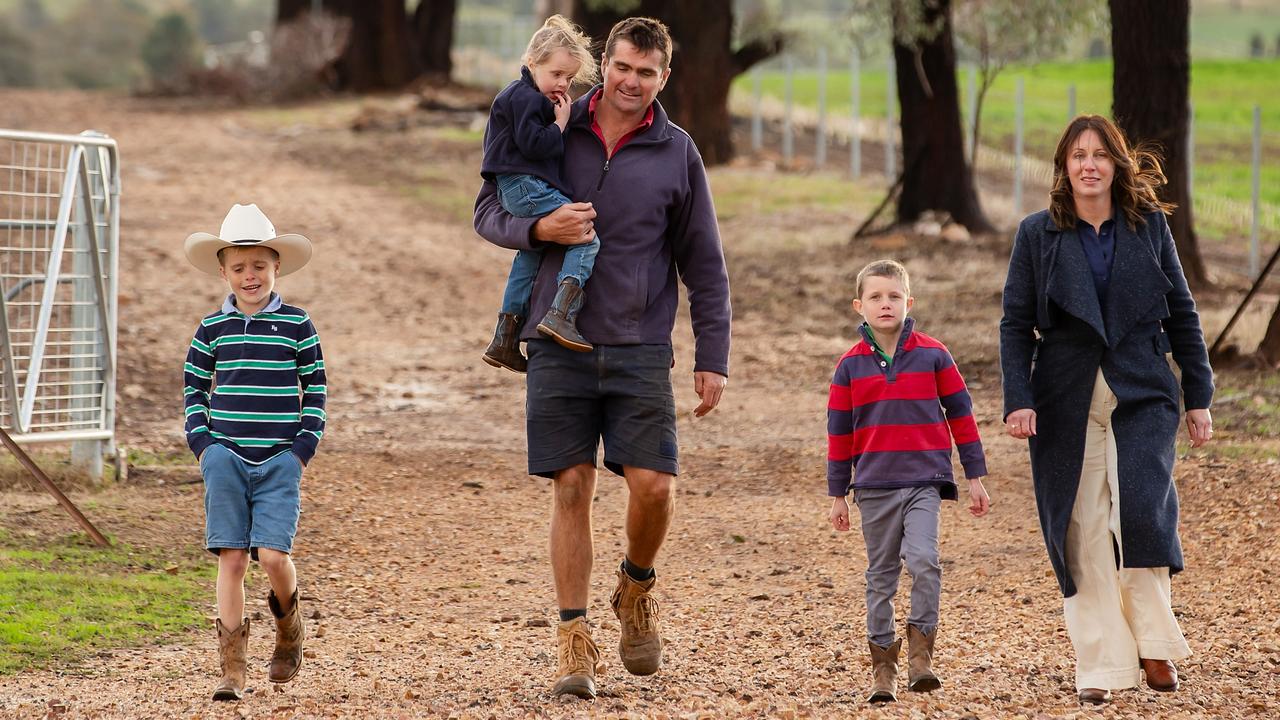Sugar cane farmer hopes crushed as mills falter amid high prices
Sugar prices are at historical highs but more than 1 million tonnes of cane was left unharvested this season, leaving farmers fuming.

Most of Australia’s aged sugar mills have stopped crushing for the season, but there’s still more than a million tonnes of cane left standing in paddocks, leaving growers an estimated $83m out of pocket.
Farmers have hit out at “poor” performance from the country’s ageing mills, blaming lack of investment and maintenance on the inability to crush all the cane available to them during the harvesting season, which begins mid-year and is forced to end when the wet season sets in. It has meant growers were unable to make the most of historically high sugar prices.
But the millers have blamed some of the result on rain, workforce shortages and industrial action and say they have spent hundreds of millions of dollars on capital improvements to their factories.
Worst-affected this season was the central growing region around Mackay, 1000km north of Brisbane, where an estimated 700,000 tonnes of cane was unharvested.
About 200,000 tonnes was left standing in the Burdekin region, south of Townsville, and another 130,000 tonnes in the Herbert district north of Townsville.
Further north, the mills performed better, with most finishing their crush before December.
Queensland Cane Agriculture and Renewables chair Christian Lago put most of the blame on the mills requiring regular shutdowns for repairs and maintenance.
“It was a long and painful season,” Mr Lago told The Australian.
“The primary issue was mill performance.
“When you get into the November, December months, you’re playing Russian roulette with the weather.
“This would be the worst year for mill performance.”
Mr Lago, who was left with about 5 per cent of his crop in the Burdekin region, said cane farmers understood that Australia’s mills, most of which are foreign owned, faced tough financial pressure, but he said the poor performance had smashed morale.
“Morale is probably at the lowest I’ve ever seen it and it shouldn't be that way,” he said.
“With these high prices we shouldn’t be worrying about these issues like mill performance and getting the crop off.
“We’d like governments to put a bit of pressure on these mills but to also work with the mills.”
Standover cane can be harvested the following season, but will have significantly lower sugar quality, meaning farmers are paid less for it.
Mackay cane farmer Steve McKeering said mill performance was getting “worse every year”.
“The worst thing is the prices (of sugar) are good,” he said.
“Over a few generations you wouldn’t see prices this good but you can’t capitalise on it. It hurts a lot.”
While Mr McKeering backed German company Nordzucker’s plans to improve mill performance over the next 20 years, he said much of the work needed to be done sooner.
“As farmers we can deal with droughts, floods, cyclones, fires, it’s part of agriculture, it’s how were bred,” he said.
“But when your business is bottlenecked by something like a mill … that hurts.”
Australian Sugar Milling Council chief executive officer Ash Salardini, who represents millers, said rain, workforce shortages and industrial action at Wilmar-owned mills had contributed to the delays.
But he blamed dwindling cane supply as farmers left the industry or farms shrank.
“We are in a synergistic relationship with growers,” he said.
“There needs to be a return for mills as well, and when the cane supply is dwindling it makes it harder to commit to investments.
“I feel for the growers and accept it’s been a challenging year for them.
“It’s never good having a season like we’ve had.”
Mr Salardini said millers were trying to work with growers to find solutions and said government help could come in the form of funding to improve universal cane supply rail networks.
Canegrowers chair Owen Menkens, who also farms in the Burdekin region, said some mills were catching up on years of reduced maintenance funding.
“The Queensland crop is usually over 30 million tonnes but at the rate we are going now we won’t be able to crush that because the mills can’t crush it in time, which is something that’s never happened in the industry,” he said. “It’s fixable but it takes hard work and an emphasis on that (capital improvement). “It’s disappointing that it is where it is.”




To join the conversation, please log in. Don't have an account? Register
Join the conversation, you are commenting as Logout